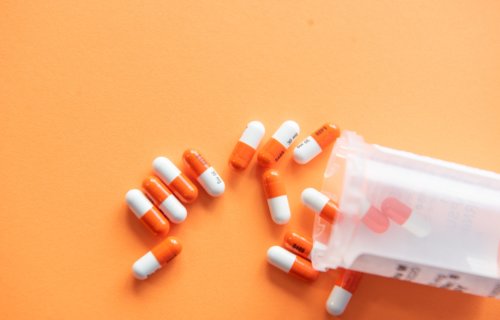BIRMINGHAM, Ala. — A pill that has been treating high blood pressure for over 40 years may help end daily insulin injections for diabetics, a new study finds. Researchers from the University of Alabama at Birmingham say verapamil boosts beta cells in the pancreas that produce insulin.
Type 1 diabetes causes patients to lose these cells. Diabetics need regular shots of the glucose controlling hormone and there is no current oral therapy. The autoimmune disease develops due to an over-reaction of T-cells and cytokines that mistake the cells for foreign bodies.
“Now our results reveal for the first time that verapamil treatment may also affect the immune system and reverse these Type 1 diabetes-induced changes,” says lead author Professor Anath Shalev in a university release.
“This suggests that verapamil, and/or the Type 1 diabetes improvements achieved by it, can modulate some circulating proinflammatory cytokines and T helper cell subsets, which in turn may contribute to the overall beneficial effects observed clinically.”

How does verapamil fight diabetes?
Verapamil delayed disease progression, lowered insulin requirements, and preserved some beta cell function. The study in Nature Communications found patients required less daily insulin two years after their first diagnosis of the disease.
The team also found evidence of surprising immune systems benefits, but patients still needed to continue taking their medication. Subjects who stopped taking daily doses after a year saw their disease worsen 12 months later. Rates of deterioration were similar to those of a control group of diabetics who did not use verapamil at all.
The finding that verapamil might serve as a potential type 1 diabetes drug stemmed from more than two decades of basic research into a gene in pancreatic cells called TXNIP. In 2014, Shalev’s lab reported verapamil completely reversed diabetes in mice, paving the way for a clinical trial.
The U.S. Food and Drug Administration approved verapamil for the treatment of high blood pressure in 1981. Four years ago, Shalev and her team discovered the benefits of verapamil in a one-year clinical study. They found regular oral administration of verapamil enabled patients with diabetes to produce higher levels of their own insulin. It also reduced their need for injected insulin to regulate blood sugar levels.
Boosting dozens of proteins
The current study provides crucial mechanistic and clinical insights. Researchers scanned blood serum samples from type 1 diabetes patients within three months of their diagnosis and one year later.
Fifty-three proteins showed significantly altered relative abundance over time in response to taking verapamil. These included proteins known to be involved in immune modulation and autoimmunity of type 1 diabetes.
The top serum protein altered by verapamil treatment was CHGA (chromogranin A), which was downregulated with treatment. This protein is localized in secretory granules, including those of pancreatic beta cells, suggesting changed levels might reflect alterations in beta cell integrity.
In contrast, the elevated levels of CHGA at type 1 diabetes onset did not change in controls who did not take verapamil. CHGA levels were also easily measured directly in serum using a simple test of a blood sample. Lower levels in verapamil-treated volunteers correlated with better insulin production in a standard test of disease progression. Also, serum CHGA levels in healthy, non-diabetic individuals were about twice as lower compared to those with type 1 diabetes.
After a year of verapamil treatment, patients had similar CHGA levels as their healthy peers. In the second year, CHGA levels continued to drop in verapamil-treated patients. However, they rose in type 1 diabetes patients who discontinued verapamil during year two.
“Thus, serum CHGA seems to reflect changes in beta cell function in response to verapamil treatment or Type 1 diabetes progression and therefore may provide a longitudinal marker of treatment success or disease worsening,” Prof. Shalev explains. “This would address a critical need, as the lack of a simple longitudinal marker has been a major challenge in the Type 1 diabetes field.”
Verapamil helps on a genetic level
A genetic analysis showed verapamil promotes an antioxidative profile in human pancreatic cells. These protective changes might further explain the sustained improvements in pancreatic beta cell function observed with continuous verapamil use. Prof. Shalev adds the small study needs to be confirmed by a larger ongoing study in Europe, but the preservation of beta cells is promising.
“In humans with Type 1 diabetes, even a small amount of preserved endogenous insulin production — as opposed to higher exogenous insulin requirements — has been shown to be associated with improved outcomes and could help improve quality of life and lower the high costs associated with insulin use,” the study author concludes.
“The fact that these beneficial verapamil effects seemed to persist for two years, whereas discontinuation of verapamil led to disease progression, provides some additional support for its potential usefulness for long-term treatment.”
South West News Service writer Mark Waghorn contributed to this report.
